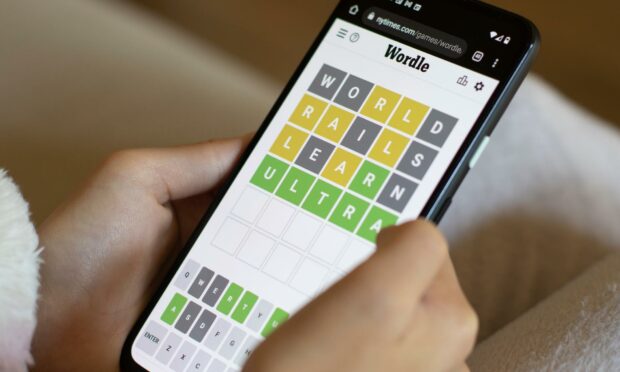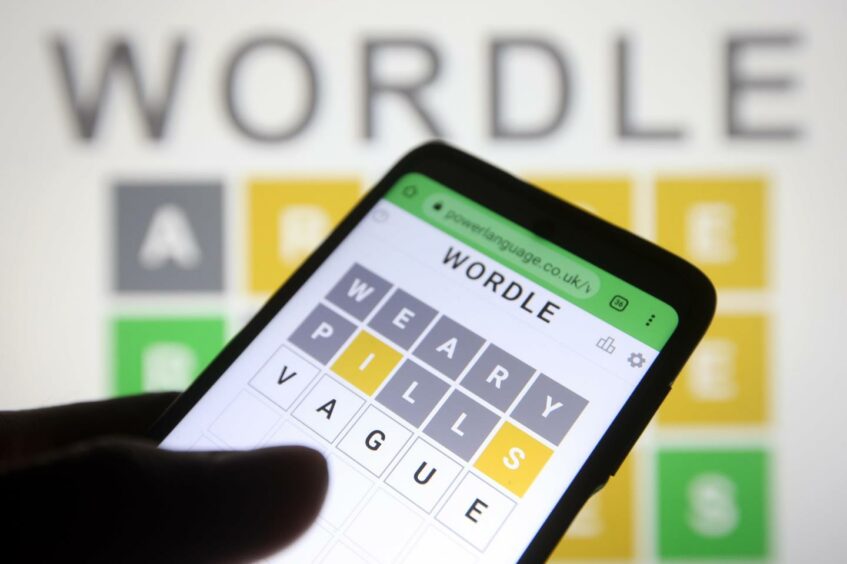Every morning before we’re even finished breakfast my eight-year-old daughter asks ‘Have you done Wordle yet?’
She rushes to complete the daily word puzzle in the hope of beating mum and dad.
It puts her among the legions of kids who are just as hooked on the condundrum as their parents are.
And, thankfully, it’s an online game that can be embraced. As well as being an activity parents can engage with their children in, the game helps with spelling and vocabulary in a fun way, without children even realising they are learning.
Thursday’s morning chat for the Peebles family included a discussion of what ‘foray’ meant and when you can use the word!
What is Wordle?
Wordle is a simple yet often frustrating daily world puzzle played by millions of people around world. Players have six attempts to guess a five-letter word, with letter tiles turning green if they are correct, yellow if correct but in the wrong position and grey if they are wrong.
It was created Welsh software engineer Joshua Wardle, who lives in the US, and taken over by The New York Times in January.
Why is Wordle good for children?
Wordle helps children connect with parents when they play together or even compete. As well as helping them learn new words and with spelling, it’s a game of strategy as they attempt to figure out the word in as few tries as possible.
The game’s educational credentials are attested to by the fact that teachers are capitalising on children’s enthusiasm by using it in class, and even adapting it to complement lessons.
Primary school teacher Blair Minchin uses the game in his classroom and even takes it outside for some physical activity.
Have your class got the Wordle bug?
Why not take it outside with a really simple twist. Can play in pairs or trios or even as a whole class to see who is the quickest.
Could be a good one for revising spelling words too. pic.twitter.com/UOzSL5IWWI
— Blair Minchin (@Mr_Minchin) February 1, 2022
As regular players will be well aware, however, some Wordle solutions can be more challenging than others – remember ‘trove’? – so often the answer is beyond the reach of younger players.
So what similar word games are there children can play?
Alternatives to Wordle for kids
Wordle Games has a version especially for kids. Unlike The New York Times game, it’s not limited to one puzzle a day and children can get hints or give up and start again if they are becoming frustrated. You can also reduce it to four-letter words – or increase it to 11-letter words.
Spellie can be set to easy, medium and hard, with words which children aged 5 to 10 will know. Letters are also shown in alphabetical order, rather than like a qwerty keyboard, and finding the right answer is rewarded with an emoji.
ESL Wordle, by ESL Kids Games, allows players to choose categories for their five-letter words, including animals, food, the body, sport and irregular verbs.
Be aware, however, if children are searching online for Wordle alternatives that there are some adult versions with lewd words or sites which may have inappropriate pop-ups.











